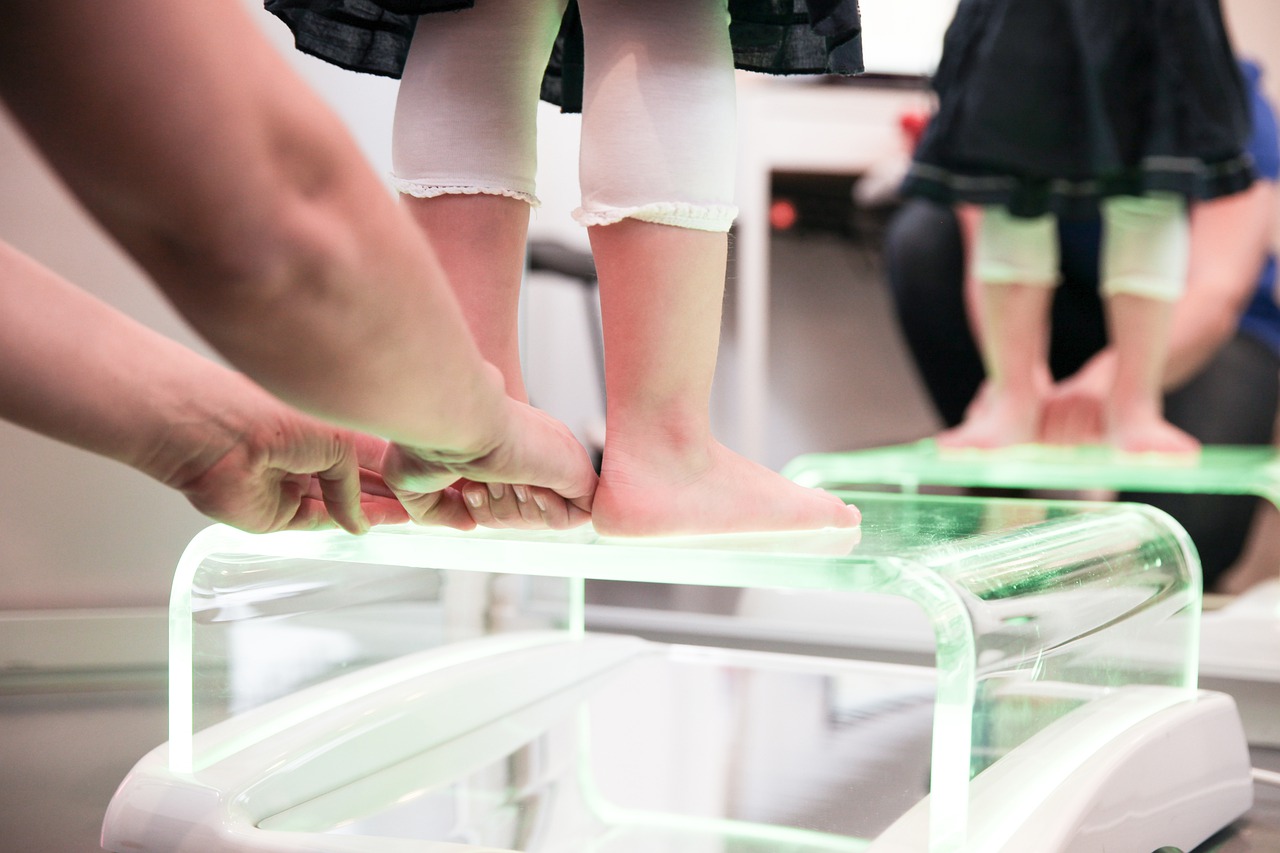What Do Orthotics Do for People?
If you’re someone who has or has had issues with their feet, then you know that podiatrist-approved shoes are important. What’s more, they’re far more common than people think! Shoes that can accommodate orthotics and give the additional support and balance required are a much-needed commodity, but it seems many still are unaware of what orthotics even do for people and why they’re important.
What is an Orthotic?
An orthotic is a special medical device prescribed by a podiatrist for someone to wear inside their shoe. Its chief function is to correct biomechanical foot issues in a patient’s foot or feet. These issues can cause problems for people while standing, walking or running and the orthotic is meant to restore proper balance and allow normal, healthy movement.
Orthotics are also a welcome source of pain relief for people suffering from diabetes, bursitis, arthritis and other diseases and disorders.
What Do Orthotics Do for People?
An orthotic is a source of tremendous relief and assistance to those people who receive them from their podiatrist. They help in a huge number of ways:
- Restoring Harmony to the Entire Body
It’s natural to think of orthotics as helping people at the foot and lower leg level, but in fact orthotics are instrumental in bringing the whole body and its movement back into harmony. It makes sense if you think about it. Like a car engine, the body is made up of all interconnected parts. When one comes out of step with the others, it upsets the entire system. The same is true in an engine. But if you fix that one broken component, the rest falls back into line.
Orthotics are applied to the feet but they get the whole body moving with greater ease and more natural feeling. It brings posture back into line, as well as overall alignment and balance. If you were an athlete, for instance, such balance would be essential to restoring your competitive capabilities.
- Helping to Prevent Further Injury
If the initial complaint was brought about by some kind of trauma or injury, then the prescription and application of an orthotic will help to ensure that no more injuries occur. One of the ways it does that, for example, is by restoring the body’s body weight distribution to a more even kilter. In doing so, it will make it far less likely that you accidentally twist your ankle, strain your back or get knee pain. Orthotics also work to prevent problems like plantar fasciitis, heel spurs and other things.
The feet are the foundation of the body, and orthotics help to stabilise and normalise those foundations for people. With that strengthening in place, people can live with more confidence and surety. It helps them move with speed and purpose, to re-engage in sports and leisure activities and to restore themselves to a normal life without fear of continual injury.
- They Give People a Better Alternative to Off-the-Shelf Inserts
There are inserts you can buy for your footwear that supposedly provide similar effects. If that’s the case, why do people bother with orthotics? The truth is that the off-the-shelf items are rarely helpful to those with more serious conditions that warrant a podiatrist-approved orthotic. Medically customised orthotics are created specifically for each patient, tailored to support them in their particular need.
Commercial orthotics you can pick up in stores are generally meant to provide limited cushioning for a short period of time. They can’t provide the lasting critical and helpful support that custom orthotics from a podiatrist can.

